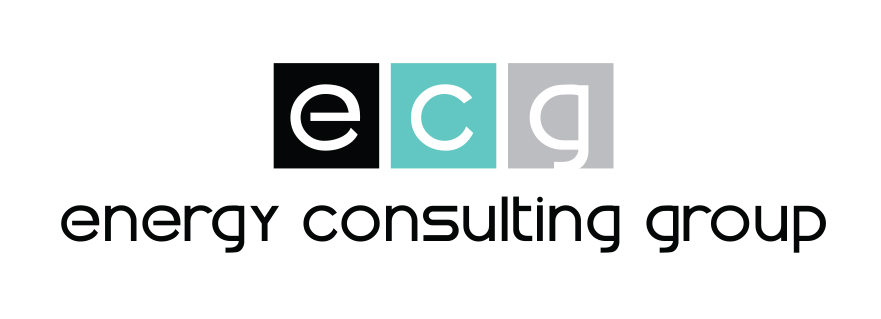Demand Response Strategy
As the Demand Response Strategy is the cornerstone upon which successful Demand Response programs are built, we spend a significant amount of time facilitating discussions with the client’s leadership and staff on the core goals of their Demand Response Strategy. Focused on the utility, we determine key business drivers, business goals and targets resulting from deployment, desired Demand Response program types, the most effective Customer Class to target, Types and Frequency of Event Triggers, and Customer Notification approaches. We also spend a similar amount of time on market drivers, for while the above issues are critical from the utility perspective, program goals must be developed in a broader context that include market, regulatory, and environmental initiatives if the program is to achieve success.
Upon successful definition of the foundation, we develop and implement the customer market research needed to understand customer needs in the utility’s service territory. A key component of this exercise is to perform an analysis on the cost of procuring additional generation resources to meet the utility’s customer’s future needs. Once customer needs and alternatives are understood, we start our assessment of the potential wholesale market structure and procurement operations that the utility needs to undertake, as well as the internal distribution operations needs that could best leverage the Demand Response offerings that the utility could take to market.
Regulatory Policy and Compliance
As strategy migrates into business plan development, we work closely with our client’s finance and energy procurement teams to create financial models that illustrate the value of Demand Response to the utility based on existing generation and distribution operation costs. We also separately develop long term cost forecasts from which we build a series of scenarios that identify where Demand Response resources can help with operational needs and/or market requirements; while quantifying the value and program/technology requirements under each scenario. By way of example, two common scenarios include peak day load reduction and frequency regulation; with each scenario placing separate technical, financial, customer, and market requirements on the DR program(s). The above financial and scenario analysis provides the foundation for any regulatory filing that may be required in advance of implementing a new (or redesign of an existing) Demand Response program.
Identify Customer Classes
Once the financial and operational forecasting is complete, we then work with our clients to identify groupings of customers that would both (a) benefit from Demand Response, and (b) would provide the appropriate program cost effectiveness – based on a target scenario. This work, to understand and segment the utilities’ customers – also known as identification of Customer Class(es) – is critical to achieving the Demand Response value.
Each Customer Class will present itself as a differentiated Demand Response Resource, which will allow us to help the client to create a portfolio of DR programs. These individual programs will then provide unique cost/benefit equations that drive both customer value and allow the utility to meet its goals. The net result of this work is that our client is now prepared to develop a Demand Response Rate Case where costs and benefits can be attributed appropriately to both the utility and its customers.
Demand Response Rate Case
In these times of environmental conservation, many utilities and their customers have a responsibility to deploy environmentally appropriate initiatives. Deployment of renewable energy sources – such as Solar and Wind energy – need to be integrated into a utility’s core infrastructure in order to maintain both a balanced generation portfolio as well as a reliable grid. Investing in such infrastructure means more expense to the utility, and as most utilities have the goal to deliver an effective rate of return, utility costs rise with these investments. Most of these costs are distributed across the entire customer base, and require the utility to create unique energy products and rates in a Demand Response Rate Case in order to mitigate these system-wide costs.
A rate case is the formal process by which utilities are required to go through in order to set the rate at which they are allowed to charge customers for their services. As rate cases serve as one of the primary instruments of regulation, the utility typically presents an operating plan and business drivers (along with its requested economic rate of return) that have been optimized for cost effectiveness.
Much of our regulatory work on DR programs is focused on using the Demand Response Rate Case to offset costs related to deploying the programs, and renewable and distributed energy. The Demand Response Rate Case builds the justification, including the cost benefit analysis, to potentially reduce the necessary infrastructure investments by either reducing or moving load, especially peak load, during high consumption times. Additionally, a Demand Response Rate Case can justify the investment in environmentally appropriate initiatives, for example, renewables, electric vehicles, distributed generation, storage, etc., to increase customer satisfaction and engagement, and to maintain compliance with any market structure, economic, supply, reliability, or environmental targets directed by the regulatory bodies.
